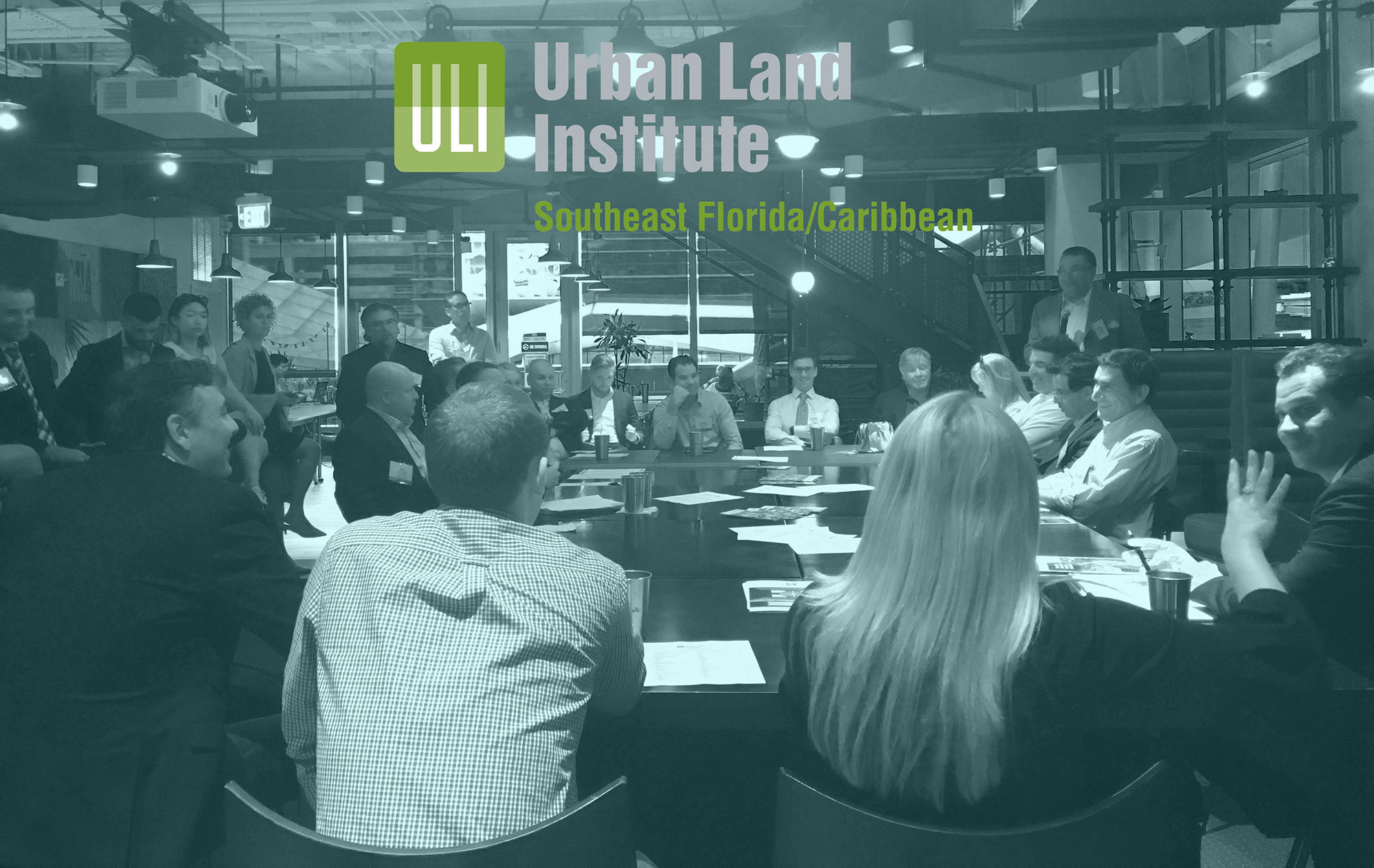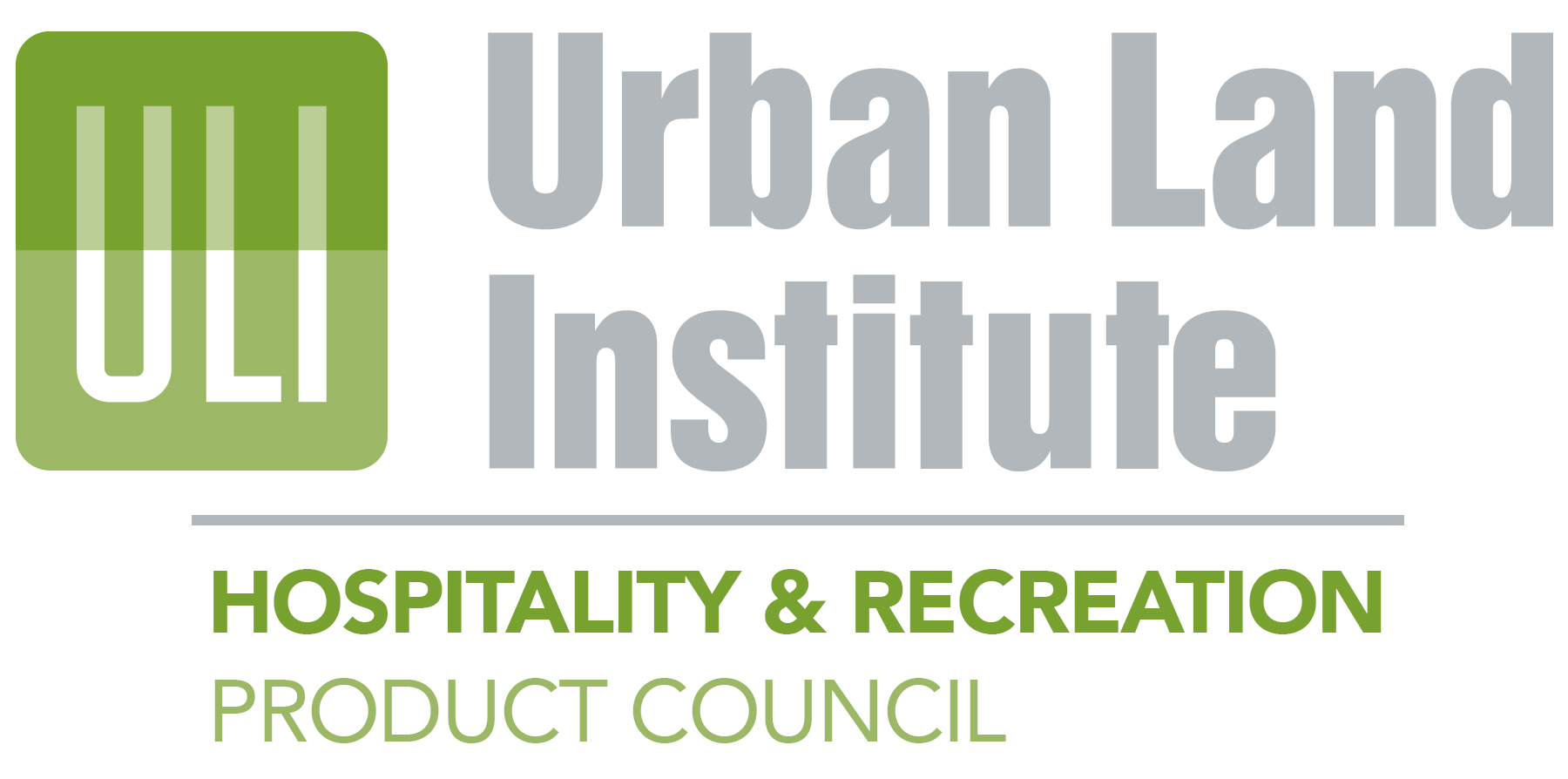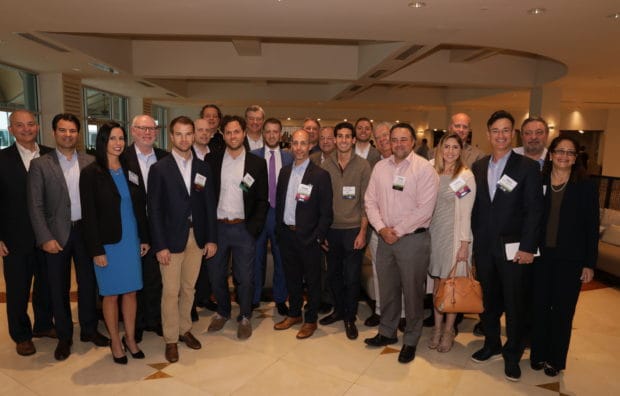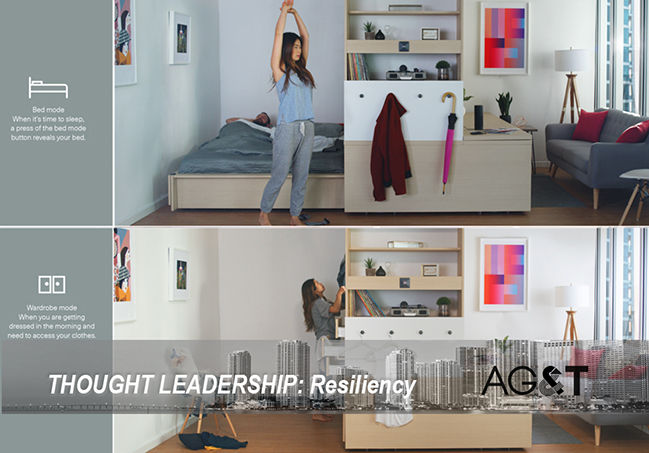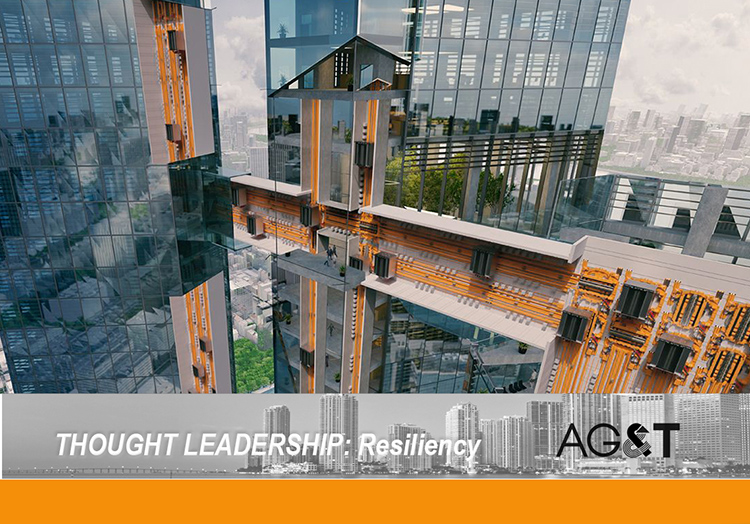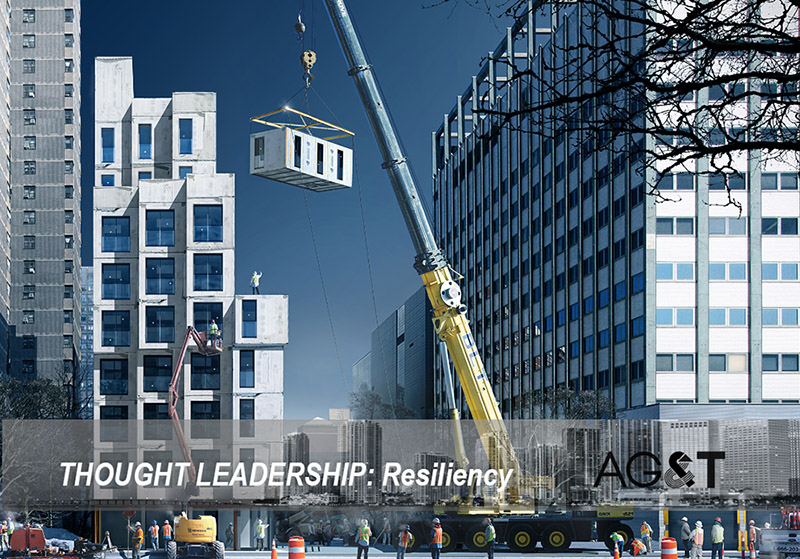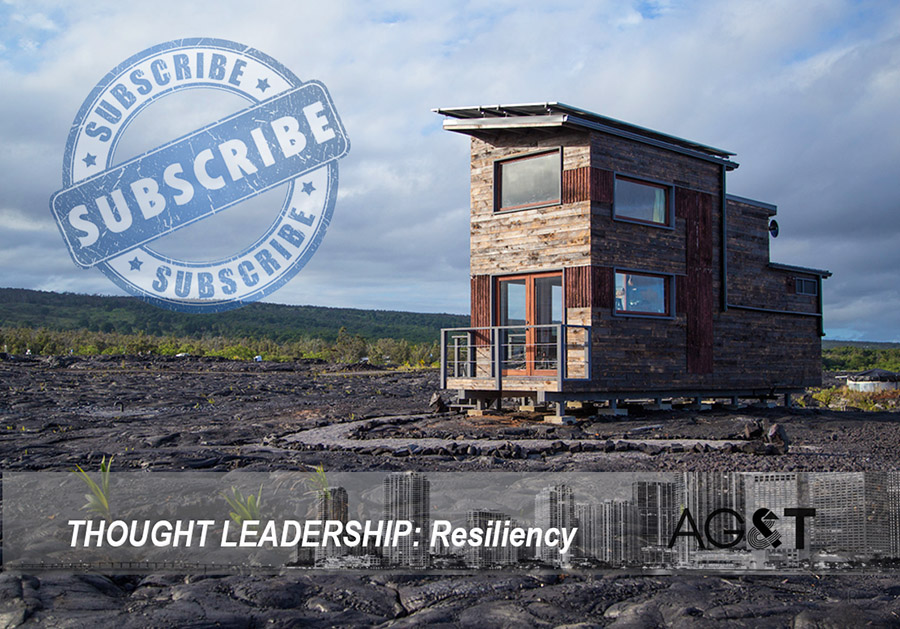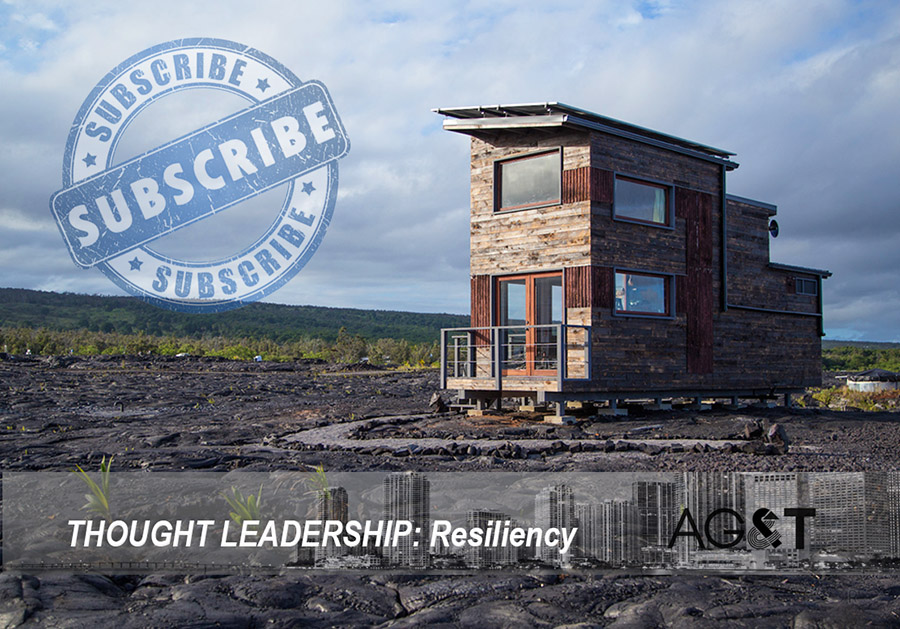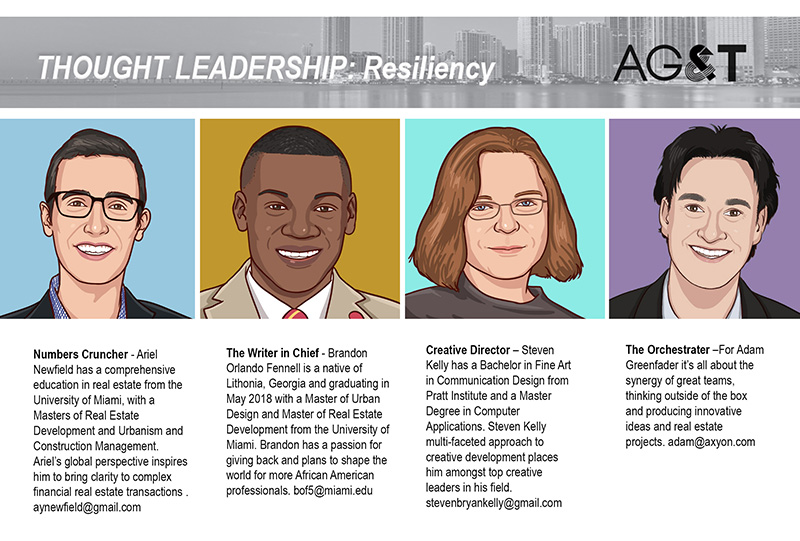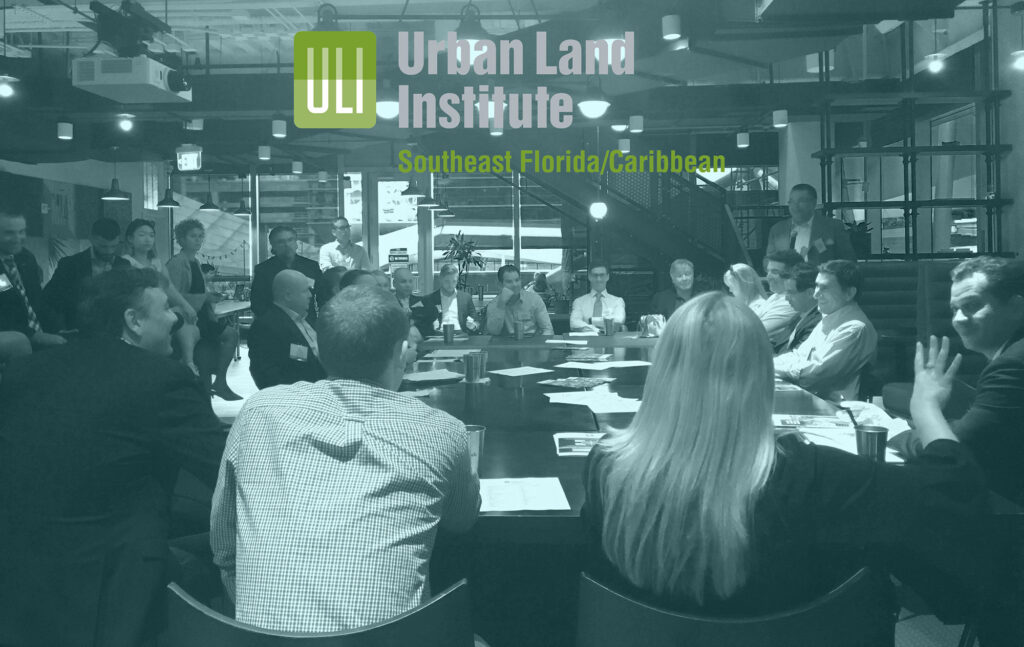
On May 8th, the ULI CARIBBEAN ROUNDTABLE celebrated its second ROUNDTABLE meeting of the year. The turnout at Wework in Brickell City Centre was large and enthusiasm for the region palpable. Present at the event were industry leaders in finance, debt lending, construction, architecture, affordable housing, hotels and green building.
Big shout out to the Kresge Foundation (https://kresge.org) and all who participated in the Toa Baja Puerto Rico Resiliency Panel. The panel was but another example of the capacity of ULI to bring real solutions to real world problems.
Special thanks to our two speakers at the ULI CARIBBEAN ROUNDTABLE -Mr. Rogerio Basso, Head of Tourism at IDB Invest and Mr. Andrew Dicky – Executive VP JLL Hospitality. Financing projects in the Caribbean brings its own set of challenges and opportunities. It was great to look under the proverbial “hood” and examine how capital approaches Caribean hospitality lending.
Save the Date –On August 1, 2019, The Puerto Rico Builders Association will be hosting its 3rdAnnual Bisnow Caribbean Hospitality Investment Summit in Miami. If you are interested in Speaking/Sponsoring there are a few spots available please reach out to Jorge Montilla jmrm@mcvpr.comfor more details.
You can also see a full list of ULI Events at: https://seflorida.uli.org/events/

